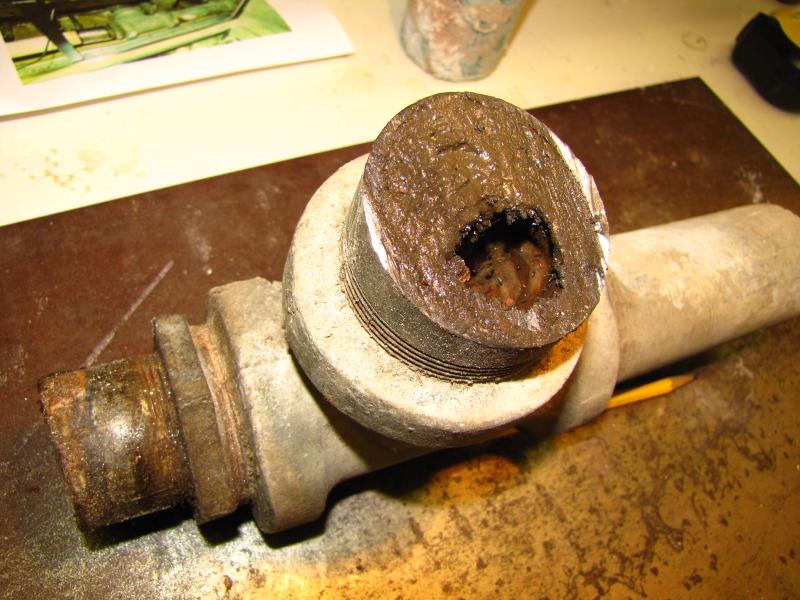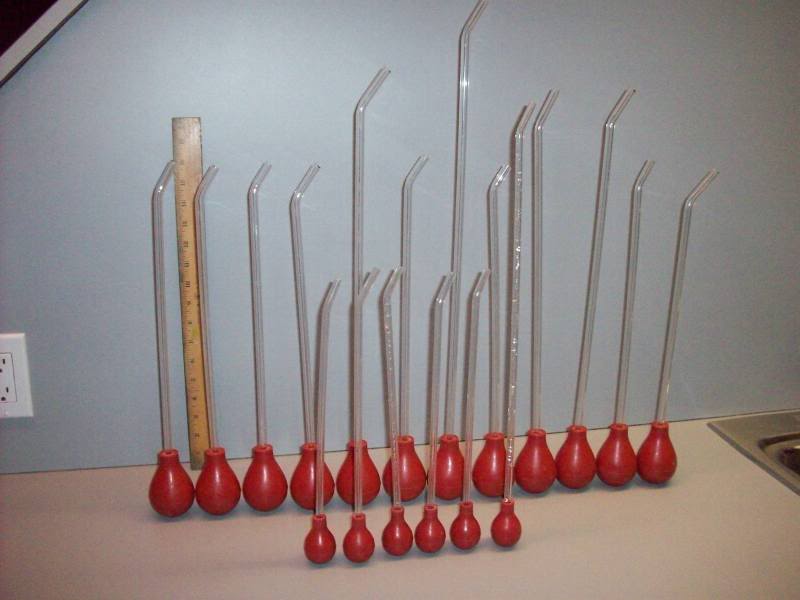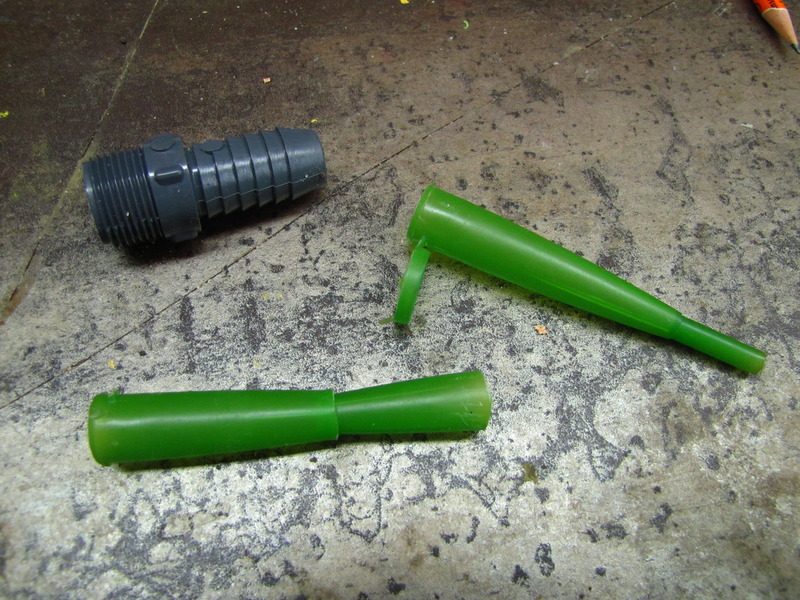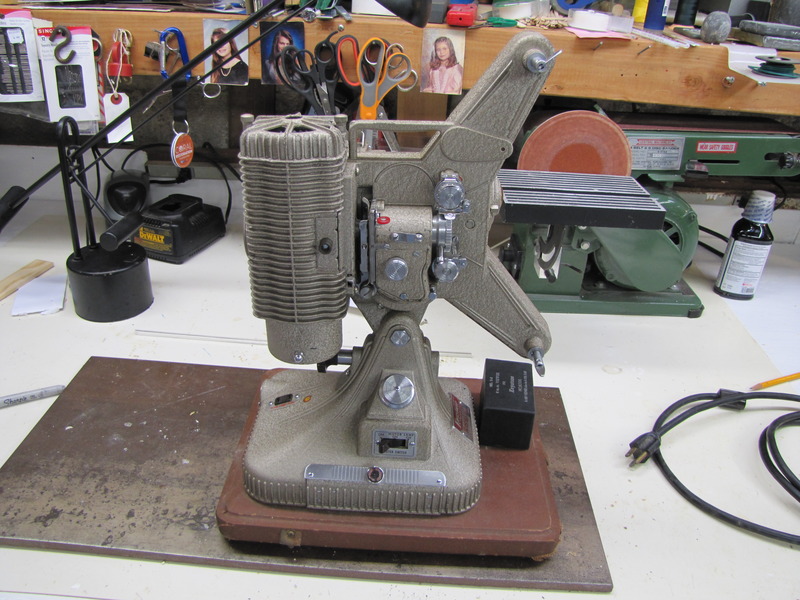the cause of old tank syndrome is compounding whole waste particles that blanket the interstitial sand grain zones and plug up the channels in live rocks- in some cases it's sheer overgrowth allowed from various invasions that plugs up the surface area on live rock combined with a thin veneer of waste detritus that was retained vs expelled off surfaces. You can prevent old tank syndrome by changing the way you reef; the condition isn't 'inevitable'.
Want to see a reef tank design that is inherently immune to Old Tank Syndrome?

 www.reef2reef.com
www.reef2reef.com
Compare that tank above and it's presentation details to any other system we work in this thread: compounding catchment of waste and allowed invasion is not part of that system plan above (so far, at least)
allowing rocks to be covered in various blanketing items changes the means by which they can expel pellets of waste from the included animals inside the rock pores and channels...fast current would pull those wastes away much better than a plant that catches and holds all the mass at the attachment points. This causes your live rock surface area to become reduced/inefficient as it presents to the wastewater in the tank
Choosing to leave algae and blanketing masses in place as you seek remedy vs the habit of always removing them manually and then seeking remedy is part of the cause events that bring on Old Tank Syndrome and coral/animal loss to reef tanks. You will see us being very proactive here with physical means to reverse or prevent this condition in our focus examples
Old tank syndrome is the gradual reduction of open, high flow contact reef tank surface area via compounding waste and invasion blanketing. Dense mats of oxygen sapping aerobes capitalize on the waste as energy substrate, adding waste acids and cellular irritants into a system that prefers stable high-quality water parameters
Old Tank Syndrome can also include irritating and allelopathic plant/waste bacteria compounds circulating in the system that have been left there over time

see that post, that's undoing of Old Tank Syndrome
free. no dosers no testing required.
here's another, good enough to be elevated to page one status for copy

 www.reef2reef.com
www.reef2reef.com
We control OTS now, it doesn’t creep by surprise in any reef tank, we can reverse the condition by rip cleaning and mass export.
***We didn't have to use CIPRO or any other antibiotic to protect corals here**
we now know how to keep reef tanks running with indefinite biological lifespan where a set of rocks never runs out of ability-old tank syndrome is now vanquished in reefing.
my own testing too identified simple tank waste as the causative and now pico reefs live indefinitely 20 yrs + packed to the hilt, free of coral disease.
removing slough means natural bacteria handle things in your reef tank. You will notice a trend nowadays for costly $ bacterial DNA testing + dosing/adding of 'biome-enhancing' media as a means to control the longevity and quality balance of your reef. that's a purposeful design to take your cash and sell you on adding things to a reef tank to benefit it. But look at our jobs: nothing added, compounds were removed. Your natural biome can process things just fine once you remove the clogs of waste and algae preventing them from doing so. In this thread, the reefkeeper becomes the grazer they wish they always had.
Having a eutrophic reef tank (sandbed or rocks) is a dangerous condition that can kill your animals if you mess with the sand using no particular order of ops.
see this outcome:

 www.reef2reef.com
www.reef2reef.com
The eutrophic condition inside common sandbeds can kill our animals, but it doesn't always happen, it sometimes does. Being cloud free in reefing is always safer, for everyone. Sandbed 'diversity' isn't really that diverse... we mainly keep waste mud and a couple worms... that's not diversity, that's risk. It is ok to clean these sandbeds, we didn't need their bacteria as live rock bacteria does all we need (this is why bare bottom systems run just fine)
*****Posted in another thread by
look at this research-level study on the effects of oxygen suppression and excess on coral ecosystems and corals:
a nice way to reinstate oxygenation is to remove all smothering blanketing mass from the active surface area of a reef tank.
Want to see a reef tank design that is inherently immune to Old Tank Syndrome?

Too much area for beneficial bacteria
Dang man lol You sure didn’t overdo the display surface area by a country mile :) That’s one of the lower surface area reef displays I’ve seen, well done on the nsa scape. Very nice, very clean, and officially the lowest surface area reef tank I recall seeing. Heck I thought you’d have a 260lb...
 www.reef2reef.com
www.reef2reef.com
Compare that tank above and it's presentation details to any other system we work in this thread: compounding catchment of waste and allowed invasion is not part of that system plan above (so far, at least)
allowing rocks to be covered in various blanketing items changes the means by which they can expel pellets of waste from the included animals inside the rock pores and channels...fast current would pull those wastes away much better than a plant that catches and holds all the mass at the attachment points. This causes your live rock surface area to become reduced/inefficient as it presents to the wastewater in the tank
Choosing to leave algae and blanketing masses in place as you seek remedy vs the habit of always removing them manually and then seeking remedy is part of the cause events that bring on Old Tank Syndrome and coral/animal loss to reef tanks. You will see us being very proactive here with physical means to reverse or prevent this condition in our focus examples
Old tank syndrome is the gradual reduction of open, high flow contact reef tank surface area via compounding waste and invasion blanketing. Dense mats of oxygen sapping aerobes capitalize on the waste as energy substrate, adding waste acids and cellular irritants into a system that prefers stable high-quality water parameters
Old Tank Syndrome can also include irritating and allelopathic plant/waste bacteria compounds circulating in the system that have been left there over time

see that post, that's undoing of Old Tank Syndrome
free. no dosers no testing required.
here's another, good enough to be elevated to page one status for copy

A week without power - Recoverable?
So, tank went without power for a week following hurricane Ida. There was no flow(obviously) and temps hit 85-86 during the day. I came back to the city to rescue my 2 clowns who are currently living in a 5 gallon bucket with a bubbler. Basically my question is: what are my options from here...
 www.reef2reef.com
www.reef2reef.com
We control OTS now, it doesn’t creep by surprise in any reef tank, we can reverse the condition by rip cleaning and mass export.
***We didn't have to use CIPRO or any other antibiotic to protect corals here**
we now know how to keep reef tanks running with indefinite biological lifespan where a set of rocks never runs out of ability-old tank syndrome is now vanquished in reefing.
my own testing too identified simple tank waste as the causative and now pico reefs live indefinitely 20 yrs + packed to the hilt, free of coral disease.
removing slough means natural bacteria handle things in your reef tank. You will notice a trend nowadays for costly $ bacterial DNA testing + dosing/adding of 'biome-enhancing' media as a means to control the longevity and quality balance of your reef. that's a purposeful design to take your cash and sell you on adding things to a reef tank to benefit it. But look at our jobs: nothing added, compounds were removed. Your natural biome can process things just fine once you remove the clogs of waste and algae preventing them from doing so. In this thread, the reefkeeper becomes the grazer they wish they always had.
Having a eutrophic reef tank (sandbed or rocks) is a dangerous condition that can kill your animals if you mess with the sand using no particular order of ops.
see this outcome:

Disturbed sand bed.
I have a 75 gallon fowlr tank that has been up for about 2 years. I have had nothing but trouble with this tank. Long story short i decided to clean tank yesterday. Toothbrush to rock and vacuum out detritus. I stirred up sand a little with the vacuum but worse the circulation pump must have...
 www.reef2reef.com
www.reef2reef.com
The eutrophic condition inside common sandbeds can kill our animals, but it doesn't always happen, it sometimes does. Being cloud free in reefing is always safer, for everyone. Sandbed 'diversity' isn't really that diverse... we mainly keep waste mud and a couple worms... that's not diversity, that's risk. It is ok to clean these sandbeds, we didn't need their bacteria as live rock bacteria does all we need (this is why bare bottom systems run just fine)
*****Posted in another thread by
FlowGod
look at this research-level study on the effects of oxygen suppression and excess on coral ecosystems and corals:
a nice way to reinstate oxygenation is to remove all smothering blanketing mass from the active surface area of a reef tank.
Attachments
Last edited:






















